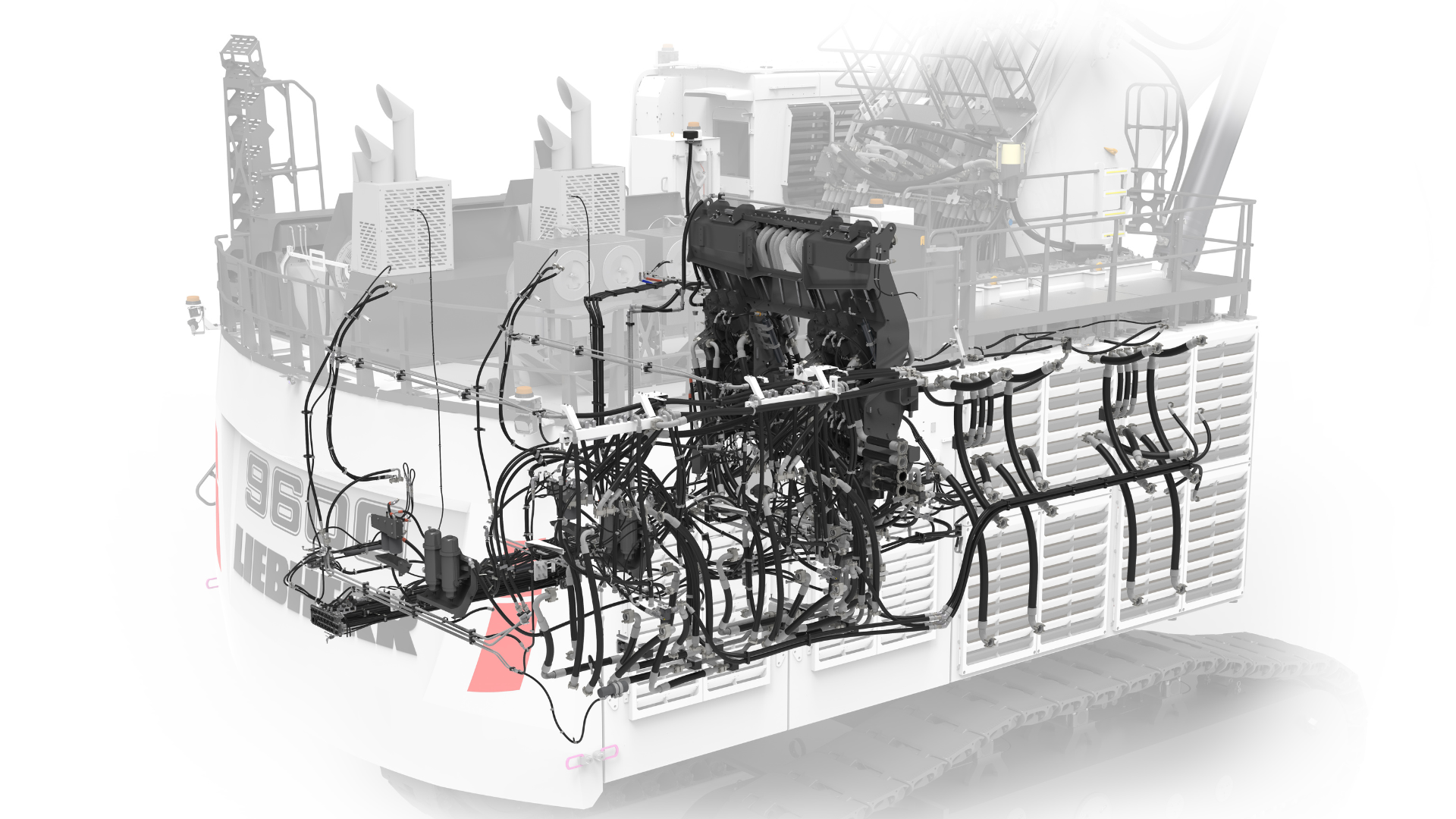Technical spotlight: Liebherr Power Efficiency
Fuel consumption is a constant preoccupation for mining companies. It’s a major source of greenhouse gas emissions, as well as a massive part of operational expenditure. Liebherr Mining seeks to alleviate these issues through Liebherr Power Efficiency – the company’s proprietary engine and hydraulic control systems for its excavators.
In recent years, there have been a number of impressive innovations in the zero emission technology and alternative fuels spaces, helping mine sites to drastically decrease their fuel consumption. However, these innovations are not yet suitable for all mine sites around the world. In some regions it’s not possible to rely on solutions like hydrogen, electrification or battery technology. Adequate infrastructure may not yet be in place, or the price of these power sources may be too expensive to be feasible. As such, it is vital that OEMs (original equipment manufacturers) like Liebherr Mining keep finding ways to optimise the systems in diesel-powered machines to keep fuel costs and greenhouse gas (GHG) emissions to a minimum. Liebherr Power Efficiency (LPE) is one such optimisation. These engine and hydraulic control systems can significantly reduce the amount of fuel consumed – and therefore the amount of GHG emitted – by Liebherr’s excavators. LPE can also extend component service life while maintaining the productivity and reliability of these machines.

